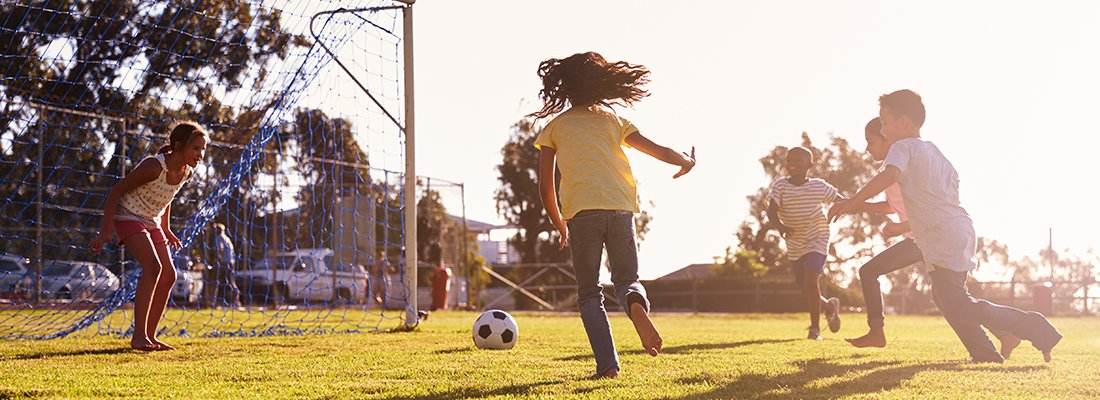Print
|
Unstructured free play is valuable for all children, especially those in organized sports, where it serves a complementary role to structured activity. Young athletes should take breaks from structured sports at least 1-2 days per week and at least 1-2 months per year. This allows for rebuilding of bone and muscle, reduces injury risk, and provides a mental break to reduce the chances of burnout. These breaks from structured sports activity are an ideal time to reap the benefits of free play:
|
|
| References: Jayanthi NA, LaBella CR, Fischer D, Pasulka J, Dugas LR. Sports-specialized intensive training and the risk of injury in young athletes: a clinical case-control study. Am J Sports Med. 2015;43(4):794-801. Jayanthi, N., Kleithermes, S., Dugas, L., Pasulka, J., Iqbal, S., & LaBella, C. (2020). Risk of injuries associated with sports specialization and intense training patters in young athletes: A longitudinal clinical case-control study. The Orthopaedic Journal of Sports Medicine, 8(6). 2325967120922764 doi: 10.1177/2325967120922764 Visek, A. J., Achrati, S. M., Manning, H., McDonnell, K., Harris, B. S., & DiPietro, L. (2015). The fun integration theory: Towards sustaining children and adolescents’ sport participation. Journal of Physical Activity and Health, 12(3), 424-233. doi:10.1123/jpah.2013-0180 Bowers, M.T., & Green, B.C. (2013). Reconstructing the youth sport experience: How children derive meaning from unstructured and organized settings. Journal of Sport Management, 27, 422-438. Bowers, M.T., Green, B.C., Hemme, F., & Chalip, L. (2014). Assessing the relationship between youth sport participation settings and creativity in adulthood. Creativity Research Journal, 26, 314-327. |
|

